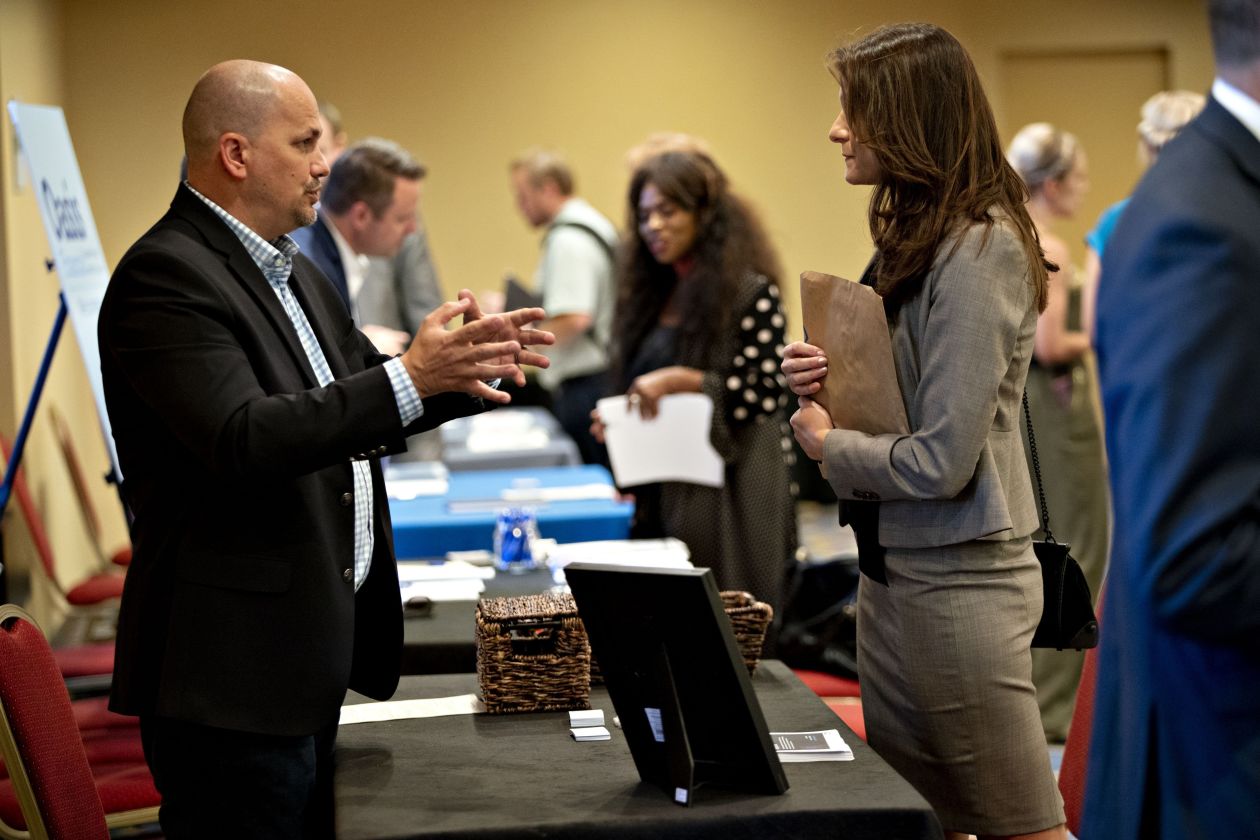By Sharon Nunn, Wall Street Journal–
The number of Americans filing applications for new unemployment benefits fell at the end of August to a nearly five-decade low.
Initial jobless claims, a proxy for layoffs across the U.S., declined to a seasonally adjusted 203,000 in the last week of August, the Labor Department said Thursday. This is the lowest level of unemployment benefit applications since the end of 1969. Though data can be volatile from week to week, the four-week moving average of claims, a steadier measure, also fell to a 49-year low, signaling overwhelming tightness in the U.S. labor market.
Jobless claims have remained low in recent years, as the labor market continues to strengthen and managers face difficulty finding qualified employees. U.S. employers added 157,000 jobs and the unemployment rate fell back to 3.9% in July, hovering near the lowest level since April 2000, according to the Labor Department’s latest jobs report. Meanwhile, the number of open jobs this spring exceeded the number of unemployed Americans seeking work for the first time in records going back to 2000.
The appearance of plentiful job openings is pulling people from the sidelines who may have been discouraged from looking earlier in the expansion, but businesses have engaged in extraordinary measures to recruit talent.
One manufacturer recruited at a high school parents’ night, and a plumbing company began offering an on-site tap flows with craft beer to keep workers content. Meanwhile, some firms have turned to automation and other technology to ramp up output to meet demand.
Thursday’s jobless claims report is one of several sets of economic data pointing to late business-cycle strength in the economy. Economic growth in the second quarter was the strongest since 2014, and the manufacturing industry appears to be hitting a second wind, clocking the strongest growth in 14 years.
The recent spurt of growth has led some analysts to argue the Federal Reserve may be allowing the economy to run too hot, while others think inflation isn’t yet strong enough to warrant a major change in monetary policy. The Fed has penciled in two more rate increases this year, just as price increases appear to be hovering around 2%, the Fed’s target.
“At this point, you have to take the Fed at its word,” Mr. Baird said. “The employment picture matters, but so does inflation. Unless and until inflation accelerates at a pace that exceeds their expectations, the Fed appears likely to stay on their current path.”
Write to Sharon Nunn at sharon.nunn@wsj.com


Leave A Comment
You must be logged in to post a comment.